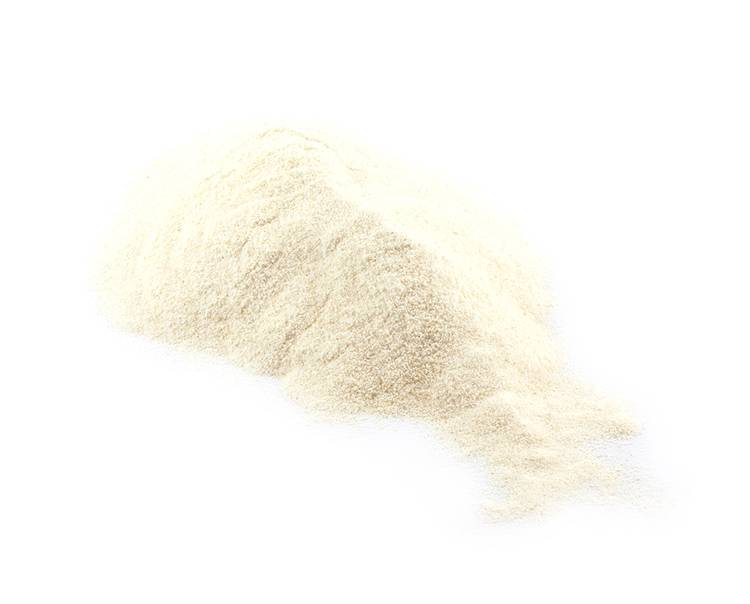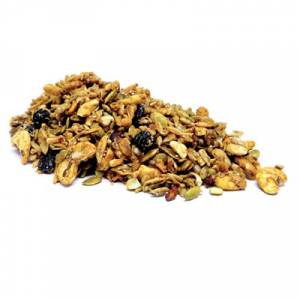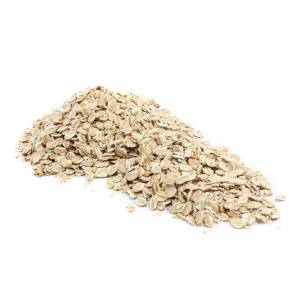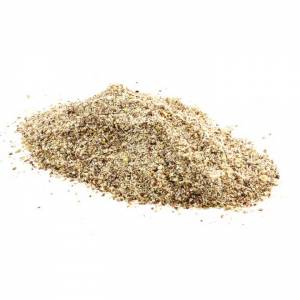Australian Semolina
Serving Size 50 g - Servings per kg: 20
|
Average Quantity Per Serving |
Average Quantity Per 100 g |
|
|---|---|---|
| Energy | 735 kJ | 1470 kJ |
| Protein | 5.5 g | 11.0g |
| Fat, total | <1 g | 1.4 g |
| - saturated | <1 g | <1 g |
| Carbohydrate | 33.3 g | 66.6 g |
| - sugars | <1 g | <1 g |
| Sodium | <5 mg | <5 mg |
Australian Semolina
$0.65/100g
Enter your zip code to view availability.
This hard semolina is made in Australia from premium durum wheat. The wheat is milled and the coarser part of the grind, that remains after the finer flour has been sifted, is Semolina. It has a pale golden colour with a light nutty flavour and natural aroma.
How To Use:
Semolina is often used to make traditional pizza dough and pasta.
Cook semolina porridge served with your choice of yoghurt, berries, crushed nuts and seeds.
Make plump, oven-baked gnocchi or serve semolina as a mash with butter, in savoury side dishes or in place of couscous.
Use in wonderfully moist puddings and cakes or to make crusty Italian semolina bread.
Storage:
Store in an airtight container in a cool, dry place, away from direct sunlight. See Best Before date.
Images for illustrative purposes only.






